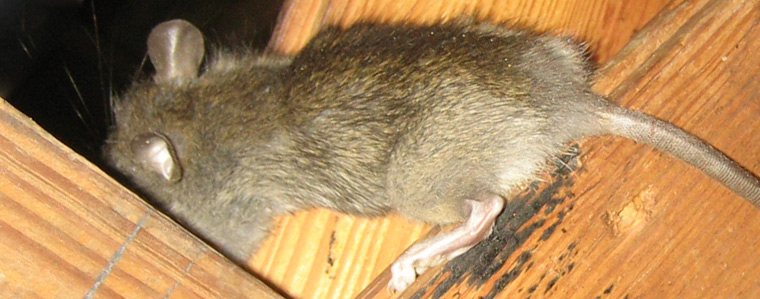-
info@aaanimalcontrol.com
Call us for help in your town
Humane Wildlife Education
Steps To Properly Remove Rats Out Of Attic
Need rat removal in your hometown? We service over 500 USA locations! Click here to hire us in your town and check prices - updated for year 2020.
I’m pretty sure that while doing your research, you’ve heard of all sorts of methods of getting rid of rats that are in your attic. I, for sure, keep hearing the same nonsense I’ve been hearing for the last twenty years, so I would first like to list what doesn’t really work.

- Commercialized repellents. All sorts of sprays, powders, granules, and pastes that are “guaranteed rat deterrents”. The only thing guaranteed about them is that they won’t work, believe me.
- Sound, smell, or visual deterrents such as high-pitched sound emitting machines, cat urine, ammonia, decoy predators, or stroboscopic lights. None of these will make the rats leave your attic, where they have food and shelter.
- Rat poison. It won’t work well. Rats are incredibly heedful of their environment, and will often not even touch the poison. Some will eat it, but they won’t eat enough. Some will eat it and die, but it will never be the whole lot of them. Rat urine, grease from their fur, and rat carcasses are an open invitation for other rats, so even if by some miracle they all die of the awful death caused by poison, other rats will come. Oh, and dead rats rotting – you definitely don’t want to be near that.
- Live exclusion with one-way door cages. A lot of work that will more often than not leave you with most of the rats still in your attic, because rats are very prudent, and will often not fall for these sorts of traps. Also, these types of cages are often too large to be efficiently used for catching rats.
- Live exclusion with one-way funnels. More efficient than the live cage trap, but not nearly as effective as to rid you of your rat problem permanently. As with any live exclusion method, you have to release the rats once they are caught. This is a futile attempt to save a rat’s life. It will die very soon once released, and it would probably have died anyway in the next couple of weeks even if not removed.
- Glue traps. A bad, messy, inhumane, and ineffective choice.
First, find all the points of access. Think about a rat’s size, and don’t omit any possible entry and exit points, no matter how unlikely you might think they are. The entire house needs to be thoroughly inspected. Check for rat trails in the attic, check for gnawing, check for grease or brown staining everywhere in the house, inside and out – check any and all rat signs that might lead you to an access point. Check everywhere, from chimney to basement. Sorry if all the check talk is getting on your nerves, but it’s absolutely critical that you do this by the book.
Now, this might sound counterintuitive, but once the identification work is over, seal shut all the access points. This is the best way to get rid of the rats in your attic, as the ones that are in the attic at that point won’t be able to leave and find their way back somehow by gnawing their way through, and other rats won’t be able to keep coming in as you’re taking care of the problem.
The next step is trapping and disposal. Use lethal snap traps (original Victor wooden traps are recommended). This is the best way to deal with rats in the attic, for both rat and human. Randomly placing the traps all over the attic won’t do the trick. It’s very important you set the traps perpendicular to flat edges where the architecture permits, at 90 degrees, on the visible rat trails, not near them or alongside them, with the trip pan right on the rat path. Make sure you cover all the rat paths with traps, even if you need to play the acrobat in order to gain access. Bait is irrelevant, so just use a bit of common sense when picking it. If you want to achieve quick, efficient, and permanent rat removal, it’s very important that you pay attention to all of these details when placing the traps. Check the traps regularly in order to dispose of the dead rats. Protective gear is implicit.
The final step is rat decontamination. And you don’t want to skip on this one. I don’t recommend doing this without a HEPA filter mask or a full biohazard suit. Correct decontamination means vacuuming the rat droppings that can be vacuumed, pulling out and replacing soiled insulation, and fogging the attic with an electric fog machine that is able to disperse a serious cleaning product that will kill all bacteria and pathogens, and will practically leave no trace of the rats, no smell and no other organic matter.
That’s all pretty hard work, and any slipup in approach or procedure will lead to ineffective removal. It’s hard to fight rat invasion if you have no experience, but I hope this article helps. Suffice it to say that, like with all other pest issues, a wildlife removal professional is going to be your safest bet. For more information, you may want to click on one of these guides that I wrote:
How much does rat removal cost? - get the lowdown on prices.
How to get rid of rats - my main rat removal info guide.
Example rat trapping photographs - get do-it-yourself ideas.
Rat job blog - learn from great examples of rat jobs I've done.


















